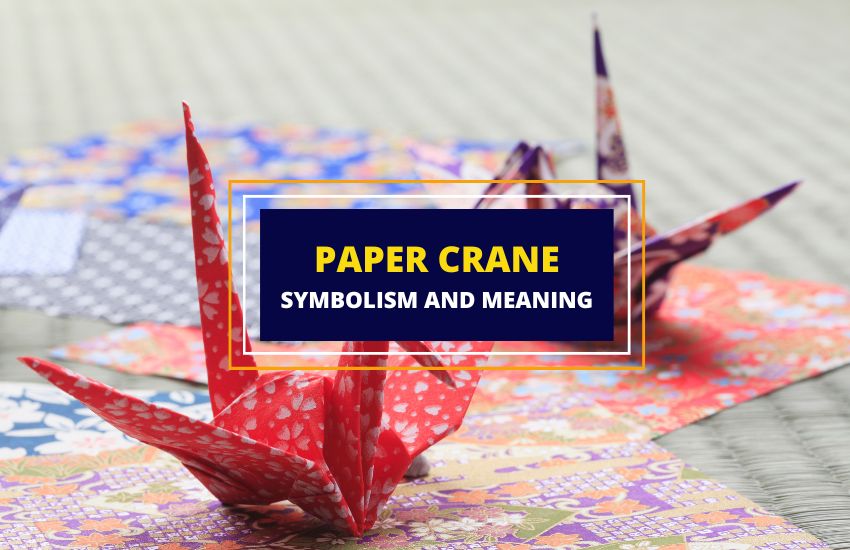
Table of Contents
Paper cranes are a beloved symbol of hope and peace, inspiring people worldwide with beauty and grace. These delicate origami birds are a testament to the power of human creativity and resilience, representing the values of patience, perseverance, and transformation.
The practice of folding paper cranes is rooted in Japanese culture, where the crane symbolizes good luck and longevity.
According to legend, folding a thousand paper cranes will grant the folder a wish, inspiring many people to take up the art of origami.
The paper crane’s symbolism has taken on new meaning in recent years, particularly in the aftermath of tragedies and disasters. We thought exploring the vast symbolism of paper cranes would be a great idea.
History of Paper Cranes in Japan
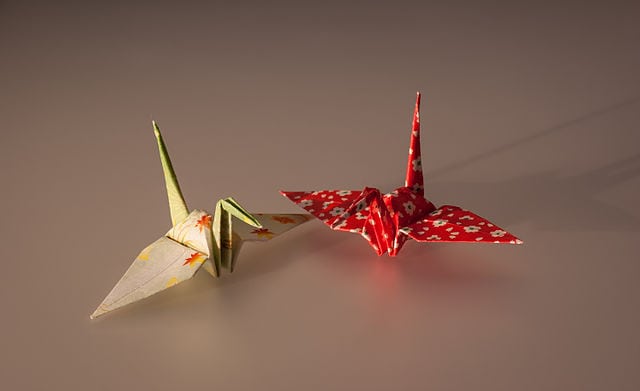
The paper crane, or Orizuru, has its roots in Japanese culture, where it’s considered a symbol of good luck, longevity, and peace. The practice of folding paper cranes is known as origami, a word that means “folding paper” in Japanese.
In 1945, a young girl named Sadako Sasaki began folding paper cranes after being diagnosed with leukaemia due to the atomic bombing of Hiroshima.
She believed that if she could fold a thousand cranes, she would be granted a wish for good health.
Today, the paper crane symbolizes hope and peace, representing the human desire for healing and reconciliation.
Its image inspires and uplifts people worldwide, reminding us of the power of hope, resilience, and the human spirit.
Paper Cranes as an Anti-War Symbol
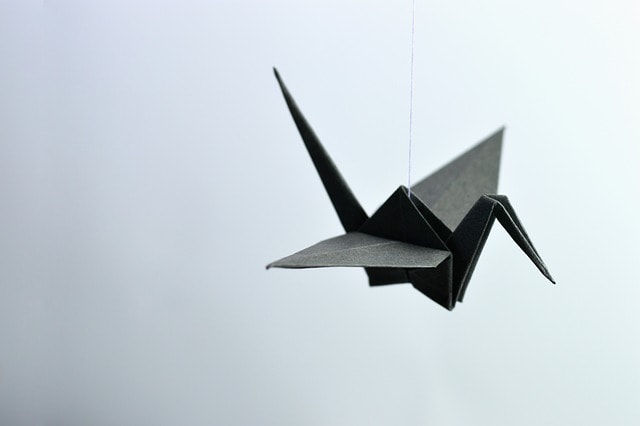
The paper crane has become a powerful symbol of anti-war activism and peace, representing the human desire for healing and reconciliation.
Its image is often seen at anti-war protests and memorials dedicated to victims of war and violence.
Today, the image of the paper crane continues to inspire and uplift people worldwide, serving as a reminder of the human toll of war.
The practice of folding paper cranes has become a popular way for people as a form of protest or remembrance.
Paper Cranes as Symbols of Hope
The paper crane has become an enduring symbol of hope, representing the power of human creativity in the face of adversity.
Its delicate spirit inspires people worldwide, reminding them of the importance of hope and optimism in our lives.
Folding paper cranes has also become a popular way to express hope and optimism. Many individuals and groups fold thousands of cranes to pray or meditate and find joy in life’s small moments.
Paper Cranes as Religious Symbols
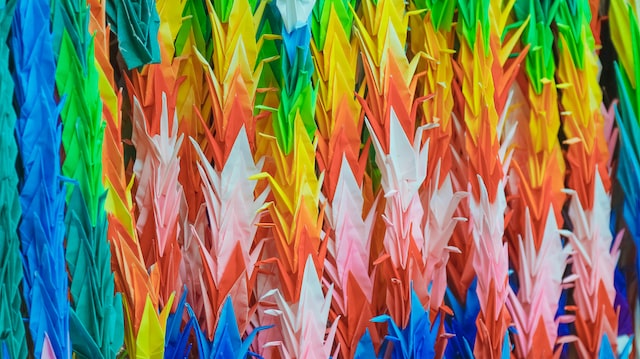
The paper crane has become a significant religious symbol. In Japan, paper cranes are often used as offerings at shrines and temples, symbolizing the human desire for good fortune and blessings.
The practice of folding paper cranes as a form of religious offering has its roots in the ancient tradition of Senbazuru, or the folding of one thousand paper cranes.
This practice originated in the Heian period when offering one thousand cranes as a form of prayer for good health and long life was customary.
Today, the paper crane is commonly used as a religious offering at Shinto shrines and Buddhist temples throughout Japan.
The cranes are often made from special paper or cloth and are decorated with symbols and prayers for good fortune and blessings.
The crane’s image serves as a reminder of the enduring power of ancient traditions and the human desire for connection to the divine.
Paper Cranes as Symbols of Perseverance
The paper crane has become a powerful symbol of perseverance, representing the human capacity to set a goal and work tirelessly towards its achievement.
The complex form and intricate folds are a testament not only to creativity but also to determination.
The crane is a reminder of the importance of setting goals and working towards their achievement no matter what.
Paper Cranes as Symbols of Patience
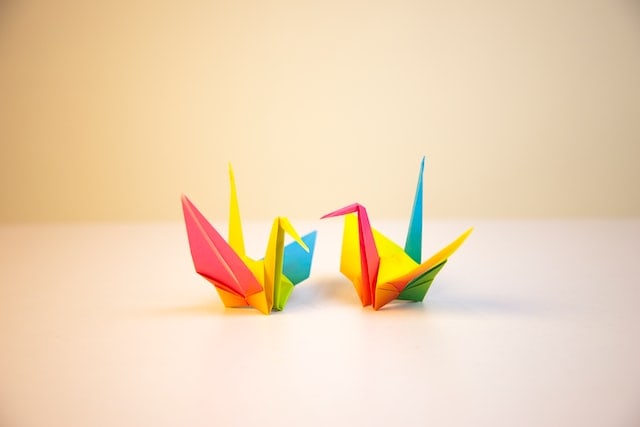
Paper cranes symbolize patience because creating them requires time, effort, and attention to detail. Folding a paper crane requires a series of precise and intricate folds, and it can take several minutes or even hours to complete a single crane, depending on its size and complexity.
Folding paper cranes requires patience and dedication, which many see as a meditative practice. It involves focusing one’s attention on the task at hand, taking one step at a time, and paying attention to the details of each fold.
In this way, paper cranes symbolize the idea that patience can lead to beautiful results and help us find peace and tranquillity in the present moment.
Paper Cranes as Symbols of Simplicity
Paper cranes are symbols of simplicity because they are made from a single sheet of paper, and their design is based on a few simple folds.
Despite their simplicity, however, paper cranes can be incredibly beautiful and intricate, with each fold contributing to the overall form and aesthetic of the crane.
In this way, paper cranes represent the idea that simplicity can be a powerful force in creating beauty and meaning in our lives.
We can create something elegant and meaningful, like a paper crane, by focusing on the essentials and stripping away unnecessary complexity.
Wrapping Up
Many cultures and communities have embraced the paper crane’s symbolism as a symbol of good luck, longevity, and peace, representing the values of patience, perseverance, and transformation.
The paper crane reminds us of the enduring power of the human spirit and the importance of hope and optimism in our lives.
The paper crane inspires and uplifts people worldwide, whether used as a religious offering, a symbol of anti-war activism, or a sign of personal strength and creativity.
Its delicate shape and complicated folds show how strong human creativity and persistence are. They also remind us of the beauty and strength of the human spirit.








